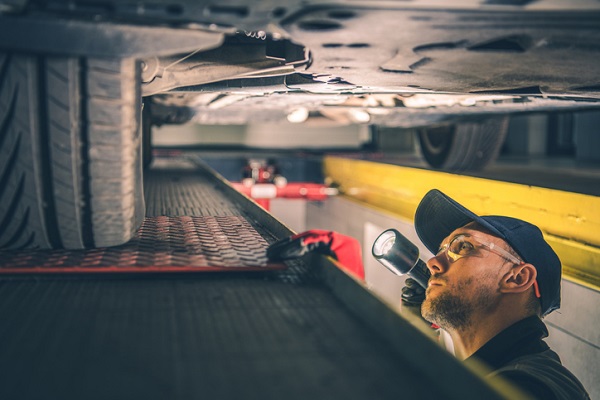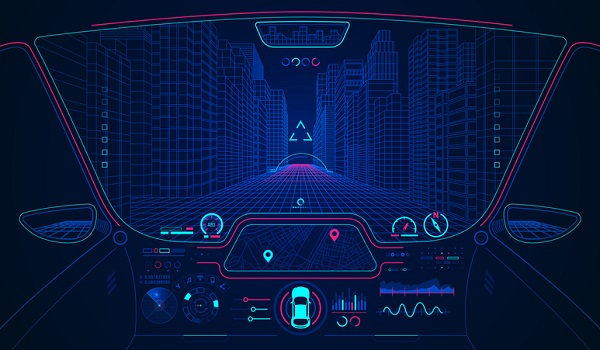
From greener energy to autonomous cars, automotive technology is constantly evolving. One area that is moving forward is vehicle inspections. Typically, inspections are performed by technicians, who evaluate fluid levels, steering, suspension, tires, batteries, and other aspects of a vehicle.
While human inspections are effective and generally keep vehicles performing well and safely, there is always room for improvement. This is where Israel-based start-up UVEye comes into play. Their AI computer vision system could make vehicle inspections more efficient and more accurate. Read on for how this new technology is changing the automotive industry!
What Is UVEye Technology and Why Is It Important?
UVEye is a start-up with about 100 employees headquartered in Tel Aviv and with a satellite location in Stamford, Connecticut. With a goal of setting the standard for vehicle inspections of the future, they can condense into just several seconds what would take hours for a human technician to do. Their technology can perform vehicle inspections in auto shops for average drivers or on autonomous and ride-sharing fleet vehicles.
The UVEye camera system uses AI that is designed to detect abnormalities. A major function of this technology is preventive maintenance, which you will learn more about in your automotive technology program. This technology has the potential to vastly improve the quality of vehicle inspections, thus allowing technicians to get more work done and improve safety for drivers.
Students in Automotive Technology Programs Should See How UVEye Tech Works
UVEye inspections work similarly to a drive-thru. Vehicles pull up to and through the system and are inspected by a set of sensors. These pick up on flaws, both externally and internally. It can even spot anomalies as small as 2mm and identify foreign objects or modifications in the undercarriage.
Undercarriage scans are conducted by high resolution cameras that are positioned at varying angles. These cameras create sharp, three dimensional images of parts of the vehicle that are difficult to see, thus ensuring that nothing is missed in the scan.

Machine-learning algorithms, meanwhile, detect problems in the vehicle and notify the operator. This learning technology means that the system gets better and more accurate over time.
Finally, quick scans look for damage to the frame, as well as issues with the wheels, the exhaust and brake systems, glass, and tires. An under-hood scan can also reveal fluid leaks and issues with the springs.
Where You Might See UVEye After You Become an Auto Mechanic
UVEye has partnerships with Skoda Auto, a Czech auto manufacturer, as well as Daimler, the German auto corporation. Volvo and Toyota have plans to use the system as well. Volvo will use it in both assembly plants and at dealerships, while Toyota will use it in distribution and used car centres in Japan.
These scans can be usefully applied for a vehicle’s entire lifecycle, meaning you may hear about them in a number of ways when you become an auto mechanic. They are useful for vehicle manufacturing as well as preventive maintenance and are even used for defence purposes to detect weapons, explosives, or other threats in vehicles.
UVEye could also be used by ride-sharing fleets to monitor vehicles and detect problems before they become costly. Autonomous fleets in particular, such as delivery vehicles, could also make use of human-free detection. Since there are no drivers present in such vehicles to take note of strange sounds or other issues, UVEye technology could monitor and report problems, which could then be addressed by an auto mechanic.

Are you interested in pursuing auto mechanics in Cambridge?
Contact Automotive Training Centres for more information.

